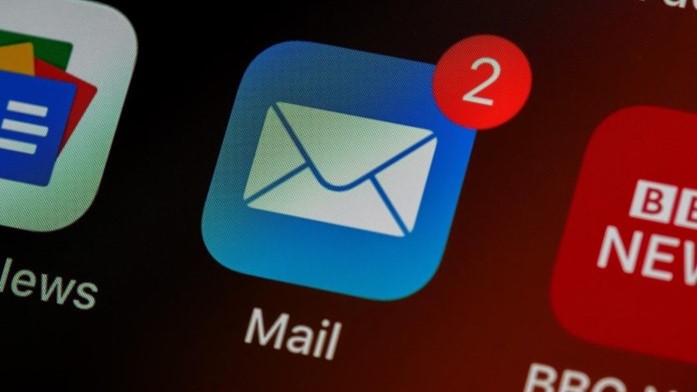
Product launch events are an opportunity to make a memorable impression and build buzz for your new product
Some entrepreneurs focus all of their efforts on designing and developing a new product, but fail to adequately plan for a product launch. Yet a launch event is often the best opportunity to capture attention, make a memorable impression and build buzz that gets people talking about your new venture.
Here are tips to ensure a successful product launch helps boosts your business:
Be sure you have targeted event goals
The first step is to always define your goals, and make sure they are SMART goals to maximize the success of your product launch. Make sure you set goals that are specific, measurable, achievable, relevant and timely.
Typically your launch goals should include:
- generating product buzz
- converting launch attendees into customers
- building brand awareness
Make sure to quantify these goals. For instance, increase brand awareness by 30%. Remember, goals are only as good as the strategy behind them. Don’t view the product launch as a one-off event segregated from your overarching marketing strategy, cohesively integrate the product launch to elevate the brand as a whole.
Determine the best type of event
Having a specific goal can act as a guide to determine the best type of event to showcase your product. Generally speaking, there are three primary types:
- Consumer —invite loyal and prospective customers to engage and experience your new product firsthand. Provide a more relaxed environment where attendees can partake in a more personalized experience.
- Media —designed an experience that can educate and entertain a savvy audience. Integrate creative themes, messages and activations that compel reporters, bloggers and other influencers to spread the message.
- Trade — connect with the industry in a more “official” setting such as a trade show, convention or exhibition. These environments attract attendees specifically looking to connect, learn or make purchasing decisions. Allow business analysts, bloggers and trade publication editors to gain a deeper understanding of your product and the benefits it provides.
Create a concept or theme
Identify a central theme or concept that will serve as a strong foundation for your launch, make it memorable and engage your audience in the product story.
“To develop your concept, think of ways to bring your product’s core values to life, such as a special offer for early adopters,” advises Nicole Fallon of Business News Daily. “Ask yourself what you can do to excite your audience, enable social sharing or attract media attention.”
Design an environment with the right venue
Where the launch event takes place can significantly influence its impact. You can consider hosting the launch at your business headquarters (if the physical setting is appropriate) or an off-site location better suited for the style of the event and the expected attendance.
Regardless of the venue, pay close attention to the environment design and all of the elements make an exciting experience come to life for your audience. What is the look and feel you are trying to create? While the environment design will adapt depending on the audience and event type, there should always be plenty of seating, refreshments and company representatives available to answer impromptu questions.
Offer an incentive at the event
Would-be customers may not get on the “new product bandwagon” so easily. That is until they have a chance to experience its benefits firsthand. Think of unique, creative ways to package the product and offer an incentive to encourage attendance and participation. Consider what will speak to the target audience, maybe it’s a fun giveaway or high-value prize like an iPad. Try to think outside the box, maybe integrate some cause marketing component where attendee participation results in a charity donation. (Also consider including a packet or press kit with product details and benefits tied to the incentive.)
Involve your sales staff in the product launch
Most B2B product launches focus on features, rather than benefits. Typically a company’s sales staff gains exposure and education via at-the-event product training. The best kind of salespeople can think on their feet, but a better solution is to organize pre-show training to educate salespeople on why prospective customers should be interested in the first place. This approach will ensure your team is properly equipped to address customers needs and help maximize success.
“Before your salespeople earn the right to talk about your cool new solution, they must first be able to give your customers a reason to think about changing the way they are doing things today,” says Tim Riesterer, chief strategy and marketing officer at Corporate Visions, Inc. The right story, Riesterer adds, demonstrates to B2B customers “which business objectives are at risk if they stick with the status quo and what unforeseen or undervalued challenges in their environment are threatening their desired outcomes.”
Launch during the selling season
If your product figures into the B2B selling season, take advantage of this unique opportunity to get the word out. The best timing is based on a close scrutiny of the overall sales environment, changing B2B customer needs and other current business issues affecting the market.
Follow-up after the event
Too many successful product launches fail to achieve the desired goal because there’s no follow-up after the event. It’s up to you to stay in touch with media representatives who attend the launch. Try offering how-to tips, troubleshooting advice, interviews with knowledgeable product designers. The same principle holds for any potential new customers. Make sure people remember your great new product long after the launch.



